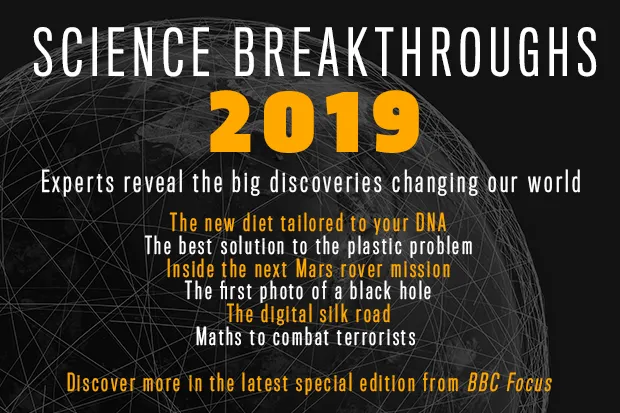The asteroid belt is brimming with metals – everything from iron and nickel, to gold and platinum. It’s estimated there is at least $700 billion billion worth of mineral wealth in the belt, and companies are being set up all around the world to plunder these resources in a gold rush for the 21st century.
“It’s the next boom industry. Once you set up the infrastructure then the possibilities are almost infinite. There’s an astronomical amount of money to be made by those bold enough to rise to the challenge of the asteroid rush,” says Mitch Hunter-Scullion, who founded the UK-based Asteroid Mining Company just after leaving university. The company plans to launch its first prospecting satellite in 2020 and start mining operations in space by 2030.
But there is more to space mining than a gold rush for the sci-fi age. Taking mining off Earth could help relieve humanity’s destruction of our planet’s environment. Society’s hunger for technology is fed by the rare earth metals needed to make the electronics inside our latest gadgets. Mining these metals causes a huge amount of damage to both the surrounding ecosystem and the miners.
“On Earth, rare earth metals are mined under highly toxic and unethical conditions,” says Hunter-Scullion. “[With space mining] you can’t exploit a robot. And it moves all of the polluting industries into deep space, where there is no delicate biosphere to damage. I imagine a future where the Earth will be the protected garden of the Solar System, and all the heavily polluting industries will move off into orbital factories built around captured asteroids or lunar industrial complexes.”
Read more 2019 science breakthroughs:
New mines in space could also provide a new source of rare elements to help create the tools we need to alleviate the current environmental crisis. Solar panels, electric cars and energy- saving light bulbs all rely on elements that are increasingly rare on Earth, such as platinum.
“As well as being worth $26,000 per kilo, platinum is one of the main ingredients of catalytic converters that allow hydrogen cars to work, and normal cars to run cleaner,” says Hunter-Scullion. “But it is a highly limited resource, so if we can bring more onto the planet then we can run more environmentally friendly cars and combat one of the major sources of climate change.”
Space mining will play a critical role in allowing humanity to venture away from the planet on a regular basis. Building giant spacecraft on the ground and then launching them is hugely inefficient, especially when there is an almost unlimited source of iron and titanium already in space. You can even find the most vital resource to human spaceflight – water.
“It’s uniquely useful in space because you can take the water molecule and split that into hydrogen and oxygen, which is rocket fuel,” says Chris Lewicki CEO of Planetary Resources. In 2020, the company will send out spacecraft to survey near-Earth asteroids for water. Eventually, Planetary Resources aim to bake the water out of these rocks, turning them into Space Age petrol stations.
“We have reusable space vehicles that are very good at getting to low-Earth orbit,” Lewicki says. “We can now start to make extremely specialised vehicles that go from the edge of space to somewhere further out.”
This year, the Colorado School of Mining began running the world’s first space resources university course, the graduates of which will join the likes of Hunter-Scullion and Lewicki and head out into space to make their fortune. The new gold rush has begun.
Mining targets
The Moon
Many refining and manufacturing techniques in metal processing rely on gravity. The Moon’s gravity is only a sixth of ours but it’s enough to create a stable operations base close to Earth.
Resources: Helium-3, gold, platinum group metals, rare earth metals, water
Near-Earth asteroids
Some asteroids naturally pass close to Earth. These could easily be corralled into a convenient orbit where their water can be extracted, but other useful elements might be limited.
Resources: water, iron, nickel
The asteroid belt
The asteroids of the main belt contain almost any metal or element we could ever need. But with asteroids up to 750 million km from Earth, they are difficult to reach.
Resources: almost everything
Jupiter
Not all mining is rock and ore. It could also be possible to ‘mine’ the atmospheres of the gas giants for rare gases such as Helium-3, for use in fusion technology. However, Jupiter is over a billion km away.
Resources: Helium-3

Follow Science Focus onTwitter,Facebook, Instagramand Flipboard

